1st of February - 4th February
Group: Maria Shuttleworth, Huijie Xiong (Rikkie), Sanya Nayar, Kate Chernysheva
Group: Maria Shuttleworth, Huijie Xiong (Rikkie), Sanya Nayar, Kate Chernysheva
TELESTHETIC PREHENSION: Design a digital & physical object that prehends its surroundings.
Telesthetic prehension could be described as sensing things remotely which was very fitting considering the world situation. This brief was particularly challenging and our tutors were encouraging us to experiment and not be afraid to fail.
BRAINSTORMING
As we spoke about our interpretations of the brief and ideas it led us to discuss the idea of prehending spirits or animism. Each of us found it relatable to our own cultures (e.g. for Maria and I it was the spirit of Domovoi - an invisible creature that is in charge of the house). Hence we began to explore it further.
A screenshot of the tutorial with John where we shared our idea on animism and were encouraged to go ahead with it. Screenshot taken by Kate.
RESEARCH
To get some inspiration and ideas we used artifact analysis research method which seemed to fit perfectly within the topic. Hence we each took some time to come up and analyse an object that we believed could have a soul and draw a storyboard, which helped us to narrow down the direction for our further development. I chose to analyse my teddy bear as it has been with me for a long time and was always there for me just like a friend.
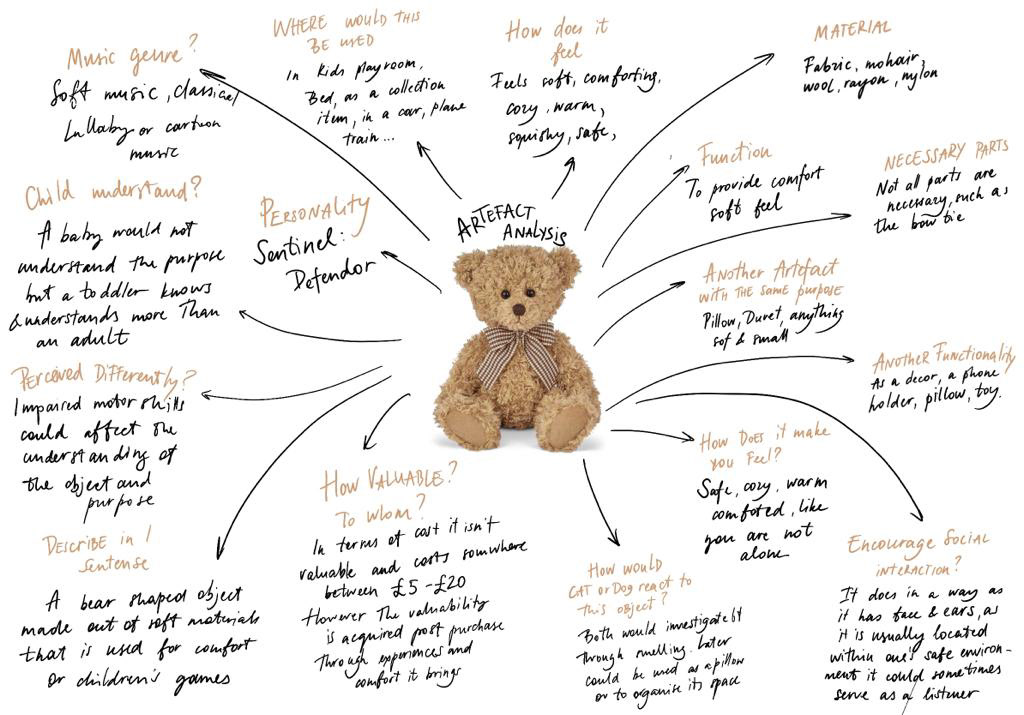

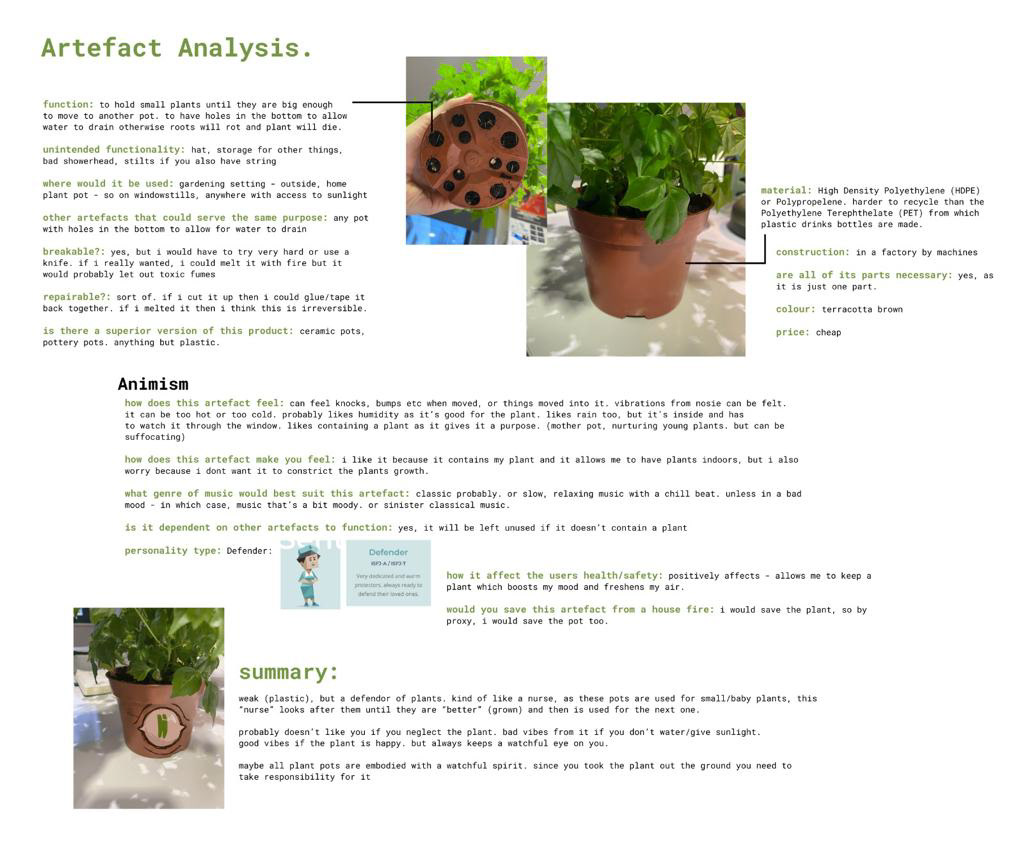
The artifact analysis made by Kate, Rikkie and Maria (respectively).


Storyboards on our chosen objects created by Maria and I (respectively).


More specific plant pot storyboards created later on by Rikkie and Sanya (respectively).
Upon discussion we agreed that Maria’s idea was the most interesting. We realised that plant pots, in contrast to plants, are rarely given thought of. Hence, I decided to interview my mum, a passionate plant lover, to see what she would think about plant pots and what they prehend. It was very refreshing to hear some of her thoughts on how differently plant pots feel to the plants when being watered, moved or cleaned.
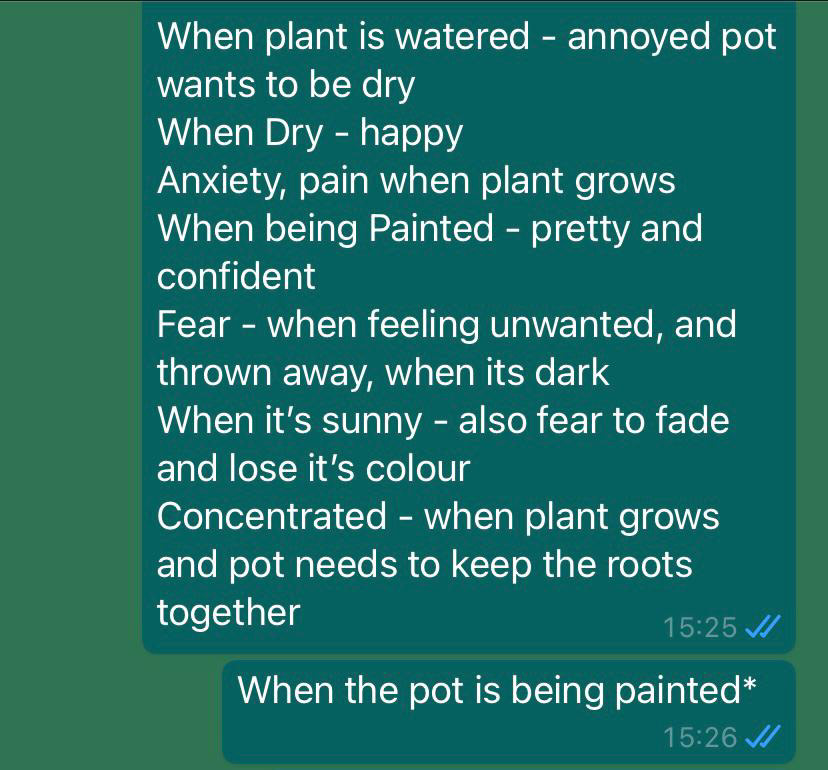
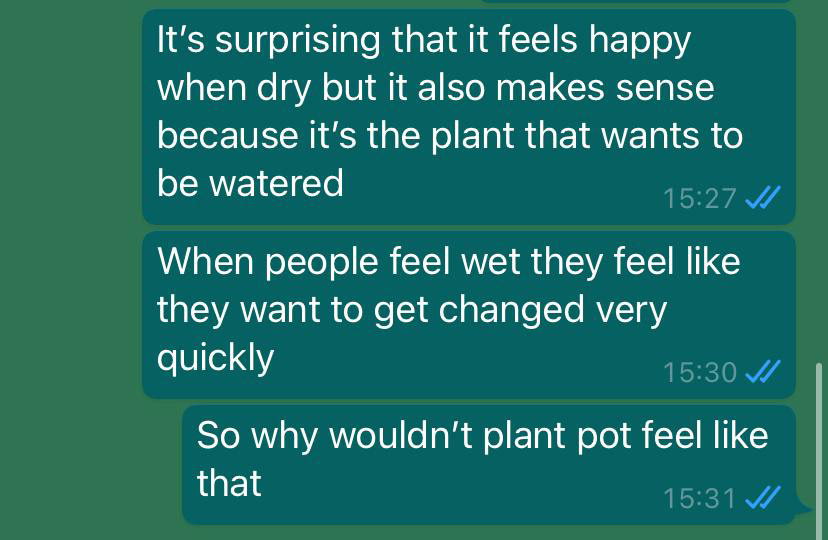
I shared my findings and thoughts from a short interview with Maria, Rikkie and Sanya via messages. Screenshots by Kate.

During our ideation we have also discovered Lua - a plant pot that helps to understand plant's needs through simple illustrations of its mood that the pot can detect and represent. This was very similar to what we wanted to achieve. However, we wanted our main focus to be on the plant pot rather than the plant. Image taken from an online source.
PROTOTYPING
After we’ve spent some time ideating and discussing we needed to start testing and prototyping. We decided to explore projection mapping, as a way to represent our idea and create a plant pot social club where they express their feelings about certain actions through a simple facial expression. This was very new to me and I felt so excited to try it out and experiment. Hence, we each drew a unique face for our own plant pots. Using her projector, Maria was able to transfer all of our plants into her room and place them next to hers for them to interact and socialise.






My plant's emotions. Picture of a plant and emotions made by me.

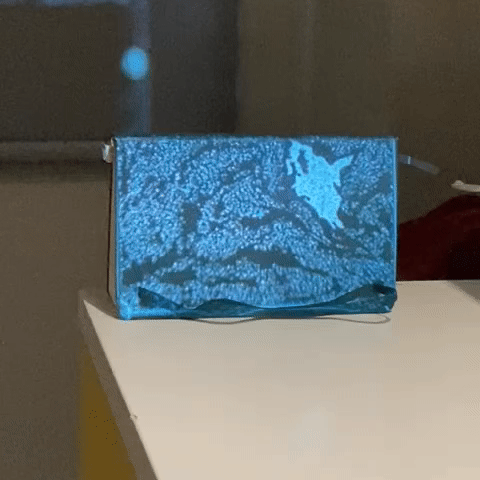
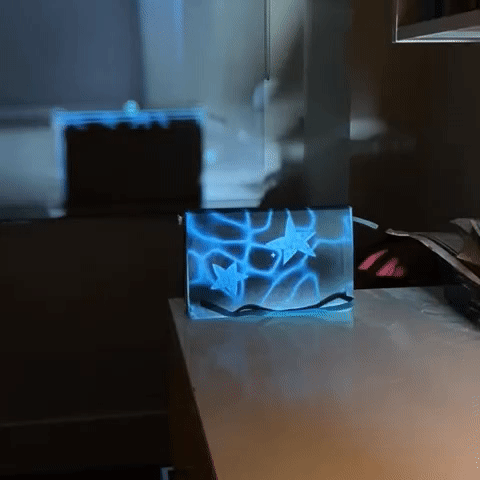
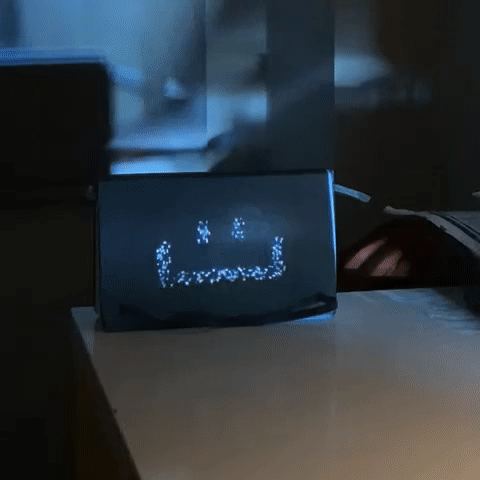
First tries of project mapping. Videos by Maria.
First testing done by Maria. Her plant pot and the animations of mood switch from happy to angry. Videos taken by Maria.
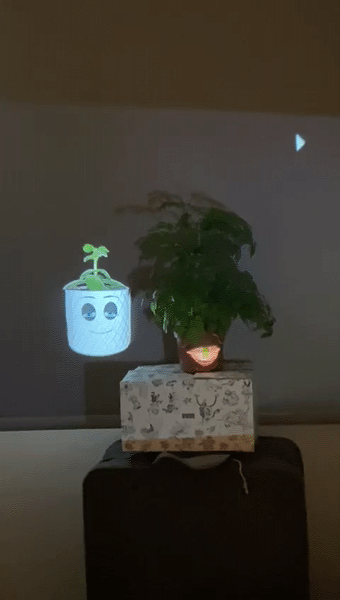
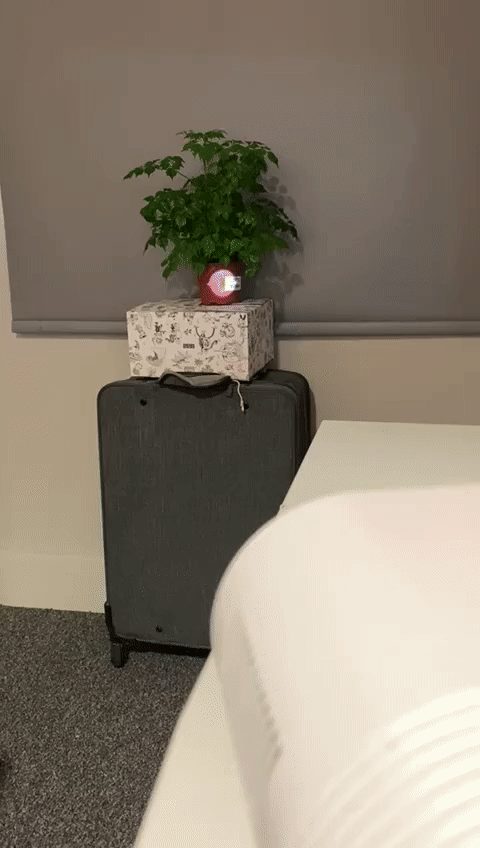
Step 2: Adding my plant pot to Maria's. Video taken by Maria.
Step 3: incorporating notifications that someone has joined for clarity.



Step 3: Improved design of notifications to match the theme. Drawn by Kate.
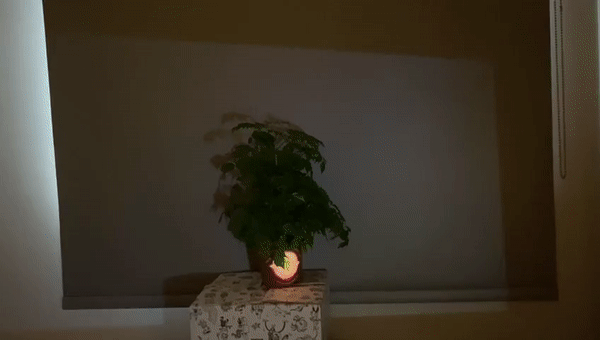
Step 4: Incorporating new notifications and adding Rikkie's plant pot. Video taken by Maria.
TESTING
Upon testing and presenting our idea, we received some positive feedback which was very encouraging and relieving considering the complexity of the task. However, the use of faces, seemed to be too obvious and didn’t leave any room for viewer’s interpretation. Furthermore, only our own plants were affected from the actions we were enacting on the other side of the screen. But how about the interaction between the plants and how are their moods affected by each other?
ITERATION
Hence, we decided to change the faces into colours and patterned lines or vibes that are passed on which change depending on the moods.
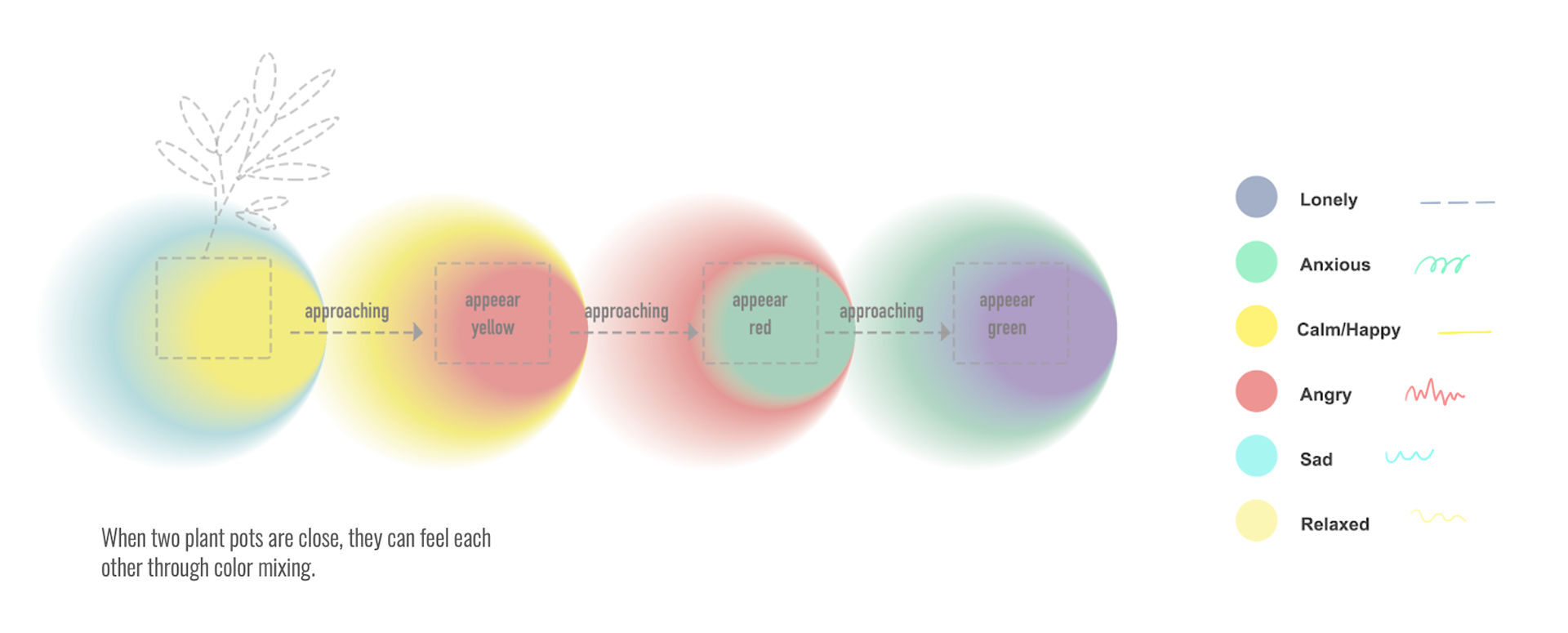
A diagram created by Rikkie inspired by colours from the Plutchiks colour wheel.

Relaxed to Happy
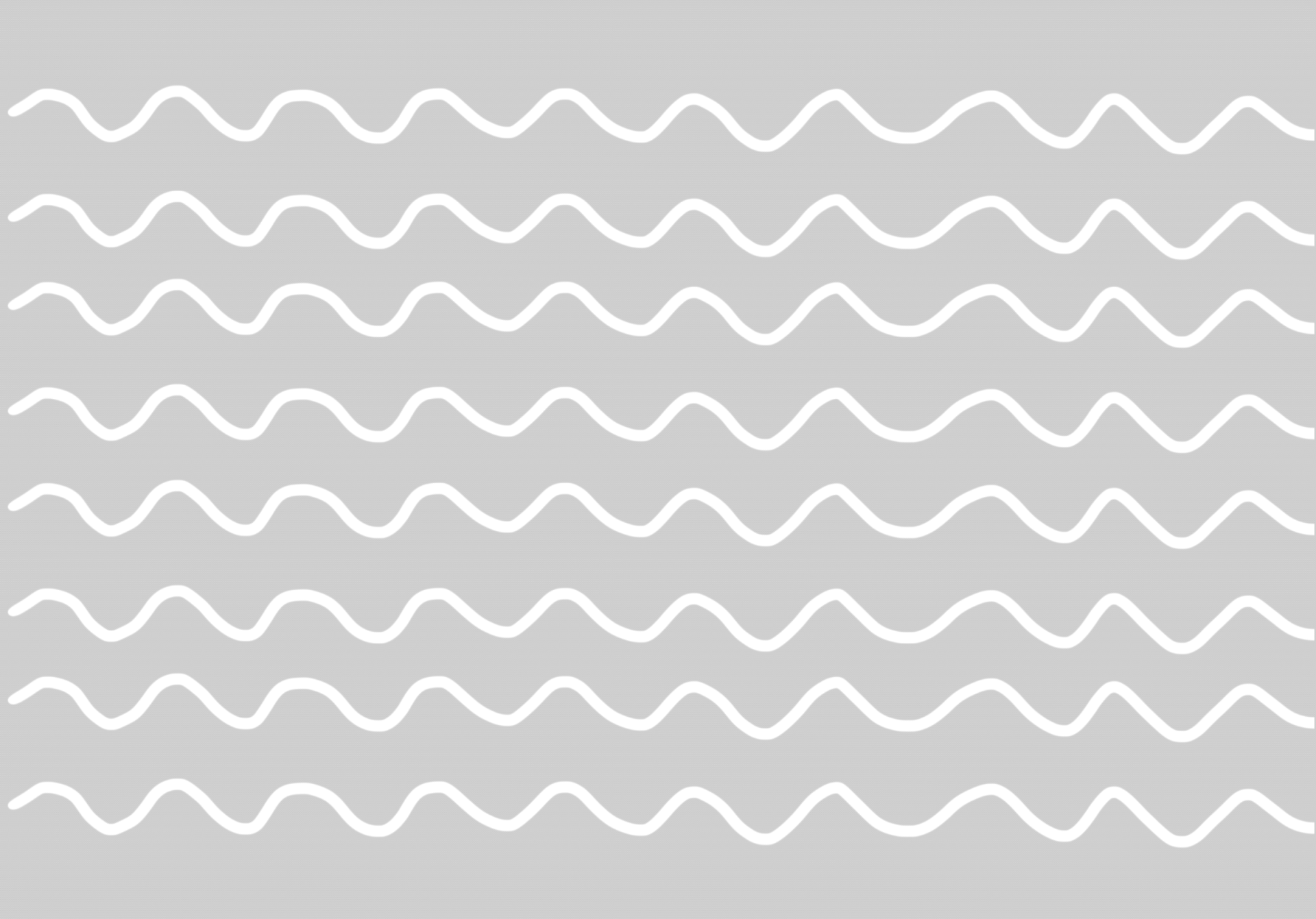
Happy to Relaxed

Happy to Sad
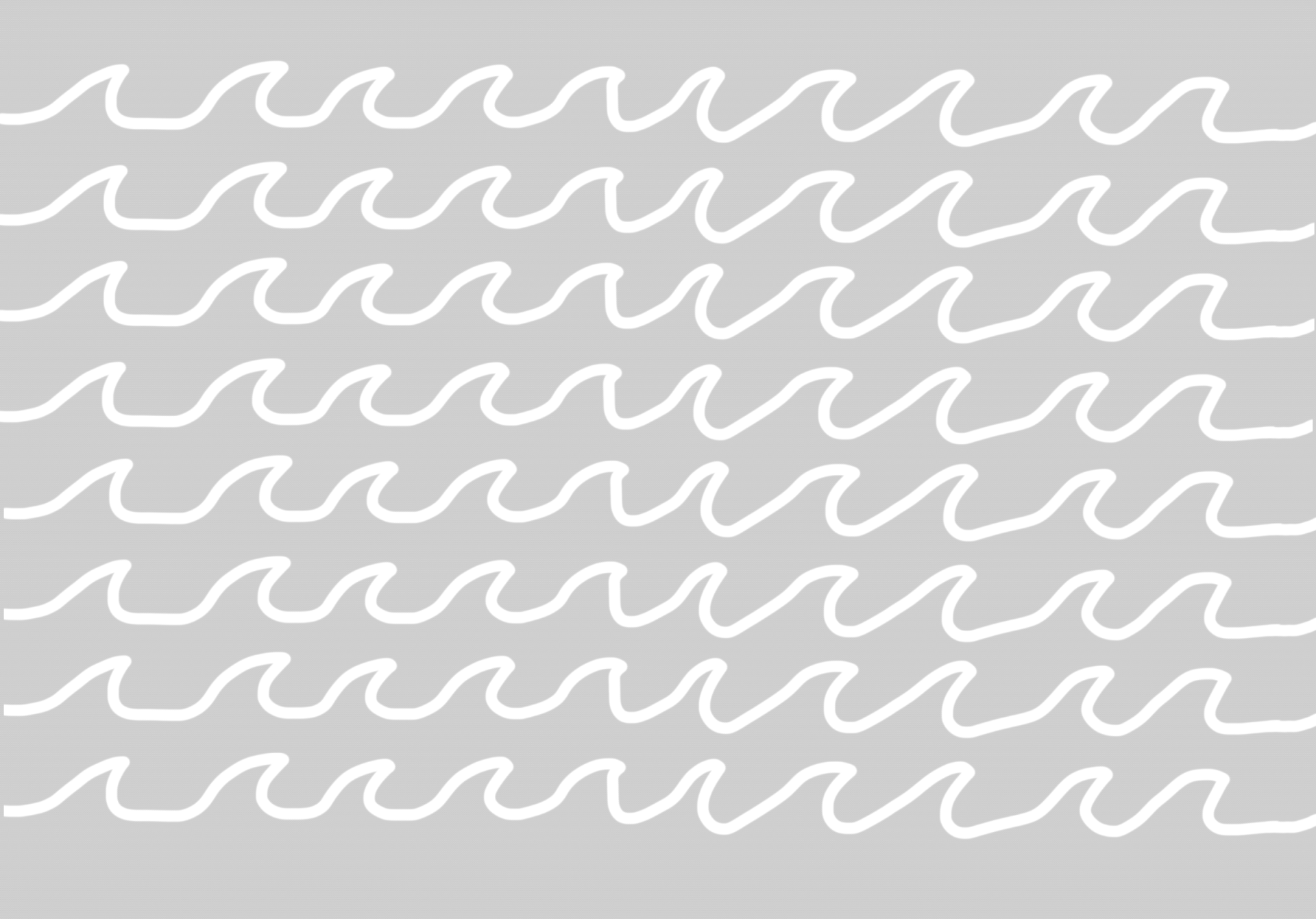
Sad to Happy
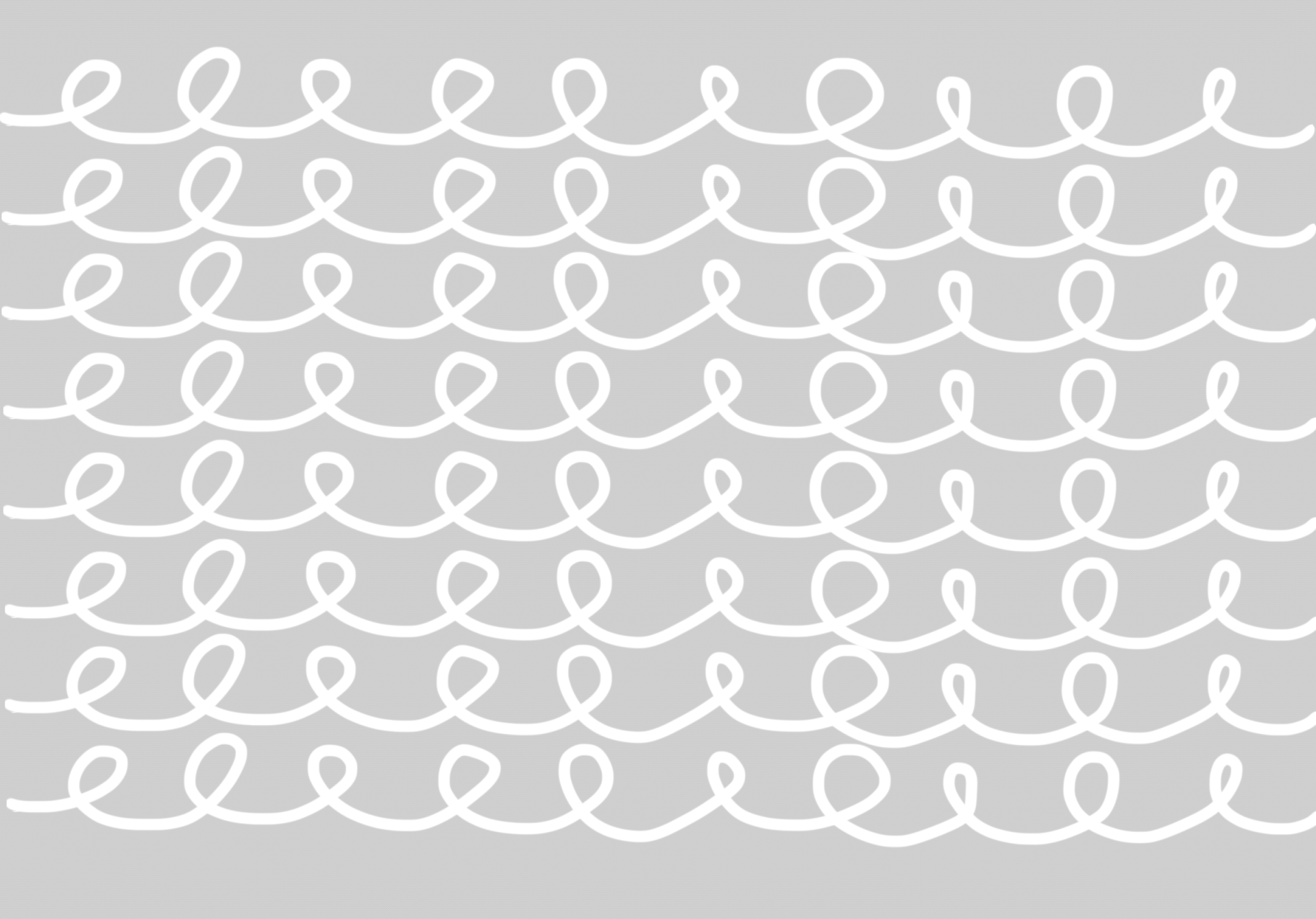
Anxious to Happy
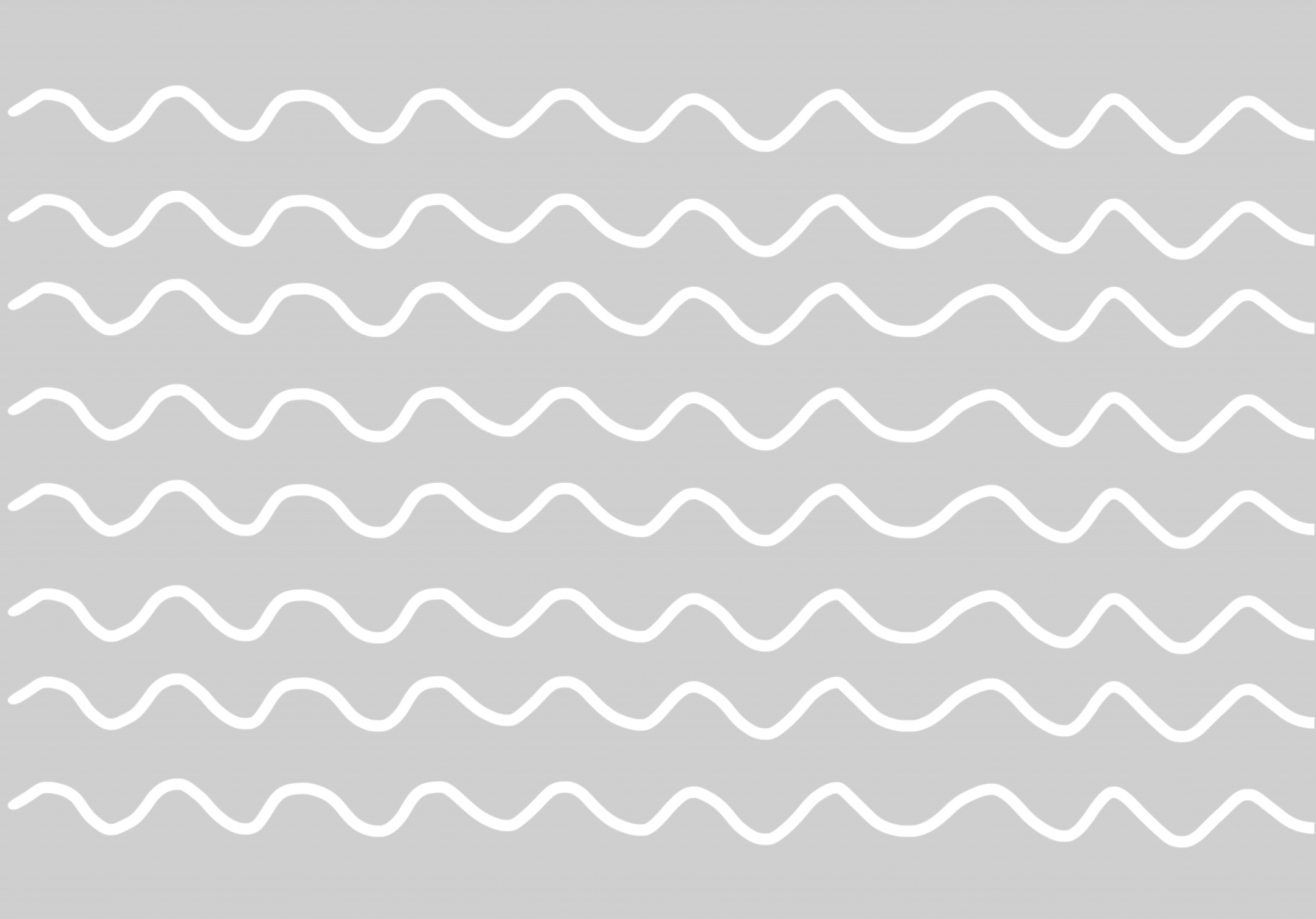
Happy to Anxious
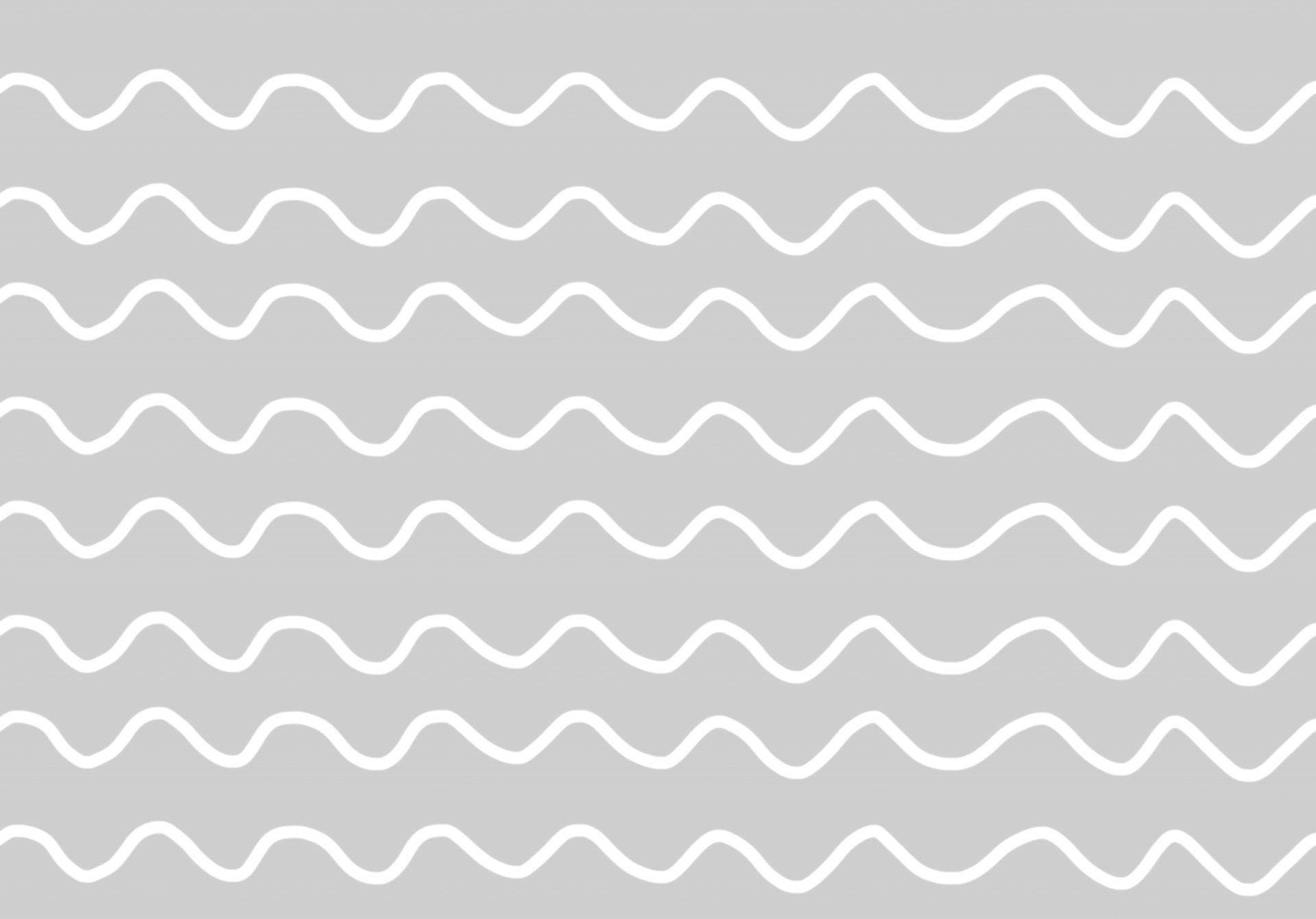
Happy to Angry
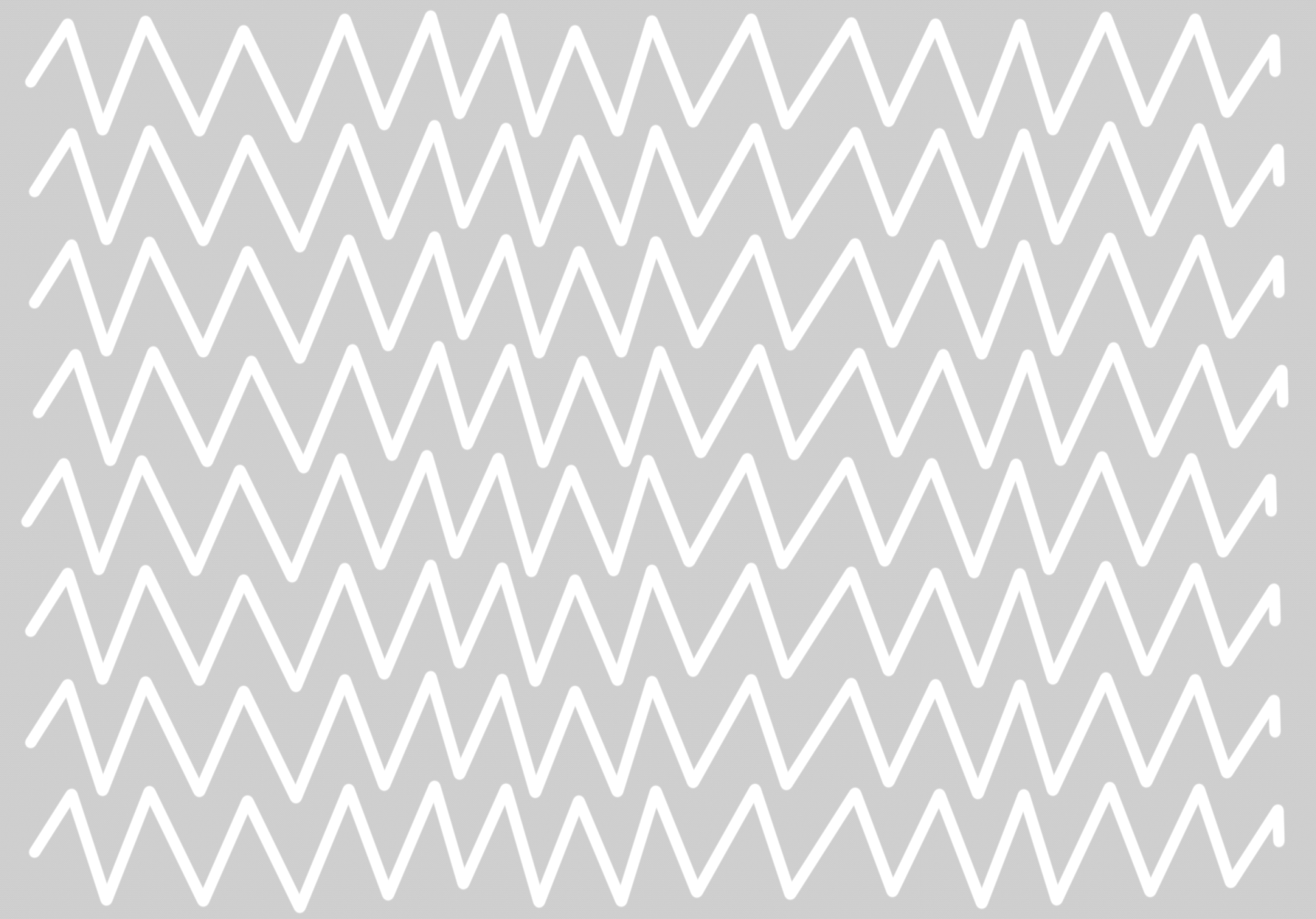
Angry to Happy

Relaxed to Angry

Lonely to Relaxed
Mood switching animations. Drawn by Kate.
Final meeting before the presentation discussing adjustments and last minute changes. Screenshot taken by Kate.
PRESENTATION
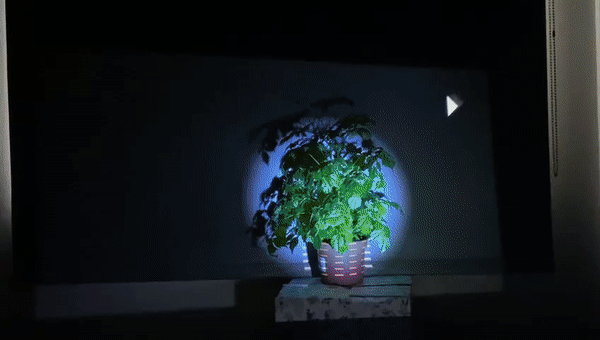
Final presentation. Video by Maria.
REFLECTION
We were very happy to hear that our final changes made a great difference and added a sense of mystery to our idea. Furthermore, we’ve managed to withdraw ourselves and our feelings from the pots and plants. However, it was said that it would be great to add more detail into our projection and specify why each change in the mood happens. Moreover, exploring the relationship between the pot and the plant and the changes of the state of each one and the prehension between them would be something I’d love to explore further. Overall, I believe it was a great experience to be able to experiment so freely with something that I didn't know about just days ago.
BIBLIOGRAPHY
demaray (2014). FloraBorg Community Update: 3 IndaPlants Up And Running. [online] elizabethdemaray. Available at: https://elizabethdemaray.org/2014/07/31/floraborg-community-update-3-indaplants-up-and-running/ [Accessed 1 Mar. 2021].
Akiyama, K. (n.d.). Digital Animism: Through Looking at the Meaning within Noise | Interactive Architecture Lab. [online] Available at: http://www.interactivearchitecture.org/digital-animism-through-looking-at-the-meaning-within-noise.html [Accessed 1 Mar. 2021].
Blanchard, C.C.V., McGlashan, H.L., French, B., Sperring, R.J., Petrocochino, B. and Holmes, N.P. (2017). Online Control of Prehension Predicts Performance on a Standardized Motor Assessment Test in 8- to 12-Year-Old Children. Frontiers in Psychology, [online] 8, p.374. Available at: https://pubmed.ncbi.nlm.nih.gov/28360874/ [Accessed 1 Mar. 2021].
Human Centered Design & Engineering. (2016). Tyler Fox, PhD. [online] Available at: https://www.hcde.washington.edu/fox [Accessed 1 Mar. 2021].
Akiyama, K., 2017. Digital Animism: Through Looking at the Meaning within Noise | Interactive Architecture Lab. [online] Interactivearchitecture.org. Available at: <http://www.interactivearchitecture.org/digital-animism-through-looking-at-the-meaning-within-noise.html> [Accessed 1 March 2021].
Donaldson, M., 2017. Plutchik’s Wheel Of Emotions — 2017 Update • Six Seconds. [online] Six Seconds. Available at: <http://www.6seconds.org/2017/04/27/plutchiks-model-of-emotions/> [Accessed 1 Mar. 2021].
Lindley, J., Akmal, H. and Coulton, P., 2019. Design Research and Object-Oriented Ontology. Open Philosophy.
Mu Design. 2021. Lua — Mu Design. [online] Available at: <https://mu-design.lu/lua#in-more-detail> [Accessed 1 Mar. 2021].
Lua Image:
Image: https://images.squarespace-cdn.com/content/v1/51e2b920e4b084ee7b28f247/1579269919993-0K79QY8B5JKNM8X72A4E/ke17ZwdGBToddI8pDm48kLkXF2pIyv_F2eUT9F60jBl7gQa3H78H3Y0txjaiv_0fDoOvxcdMmMKkDsyUqMSsMWxHk725yiiHCCLfrh8O1z4YTzHvnKhyp6Da-NYroOW3ZGjoBKy3azqku80C789l0iyqMbMesKd95J-X4EagrgU9L3Sa3U8cogeb0tjXbfawd0urKshkc5MgdBeJmALQKw/Photo-Lua-9.jpg?format=2500w
Image: https://images.squarespace-cdn.com/content/v1/51e2b920e4b084ee7b28f247/1579269919993-0K79QY8B5JKNM8X72A4E/ke17ZwdGBToddI8pDm48kLkXF2pIyv_F2eUT9F60jBl7gQa3H78H3Y0txjaiv_0fDoOvxcdMmMKkDsyUqMSsMWxHk725yiiHCCLfrh8O1z4YTzHvnKhyp6Da-NYroOW3ZGjoBKy3azqku80C789l0iyqMbMesKd95J-X4EagrgU9L3Sa3U8cogeb0tjXbfawd0urKshkc5MgdBeJmALQKw/Photo-Lua-9.jpg?format=2500w